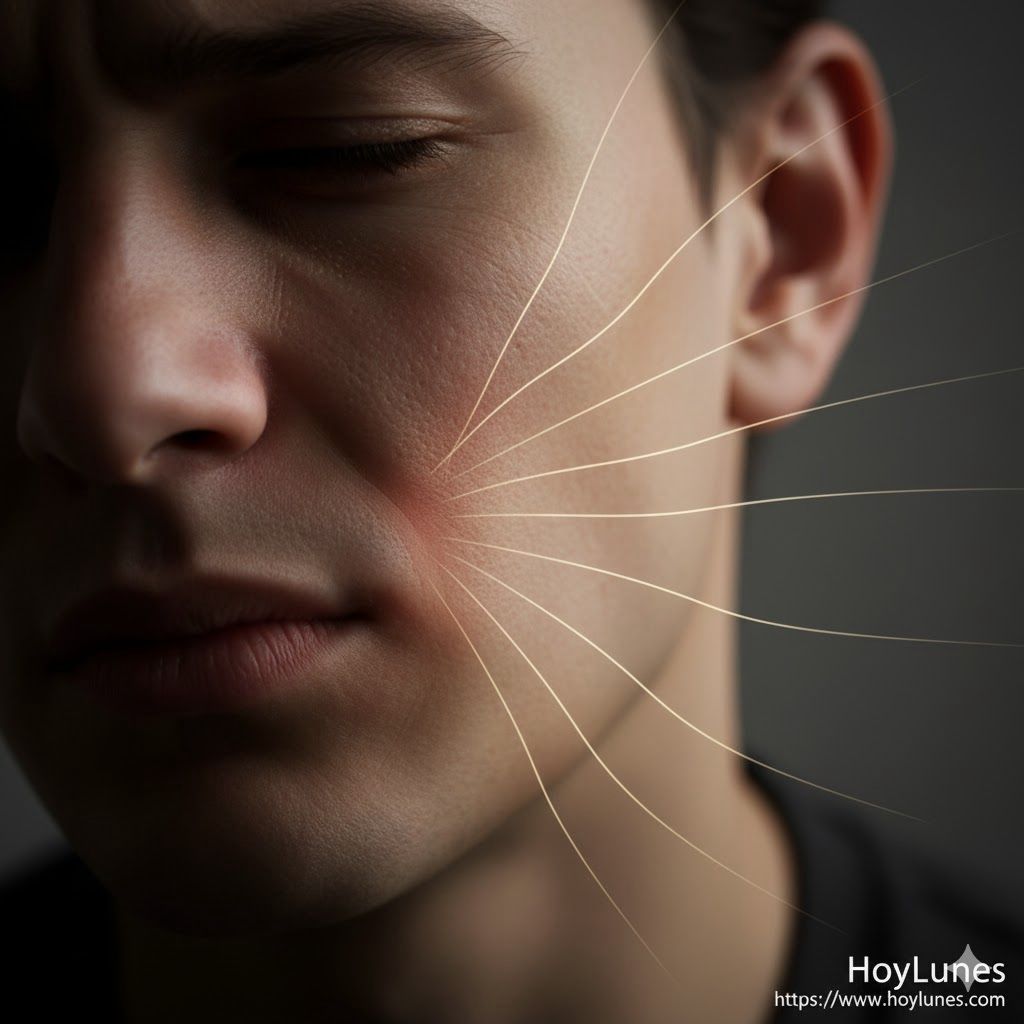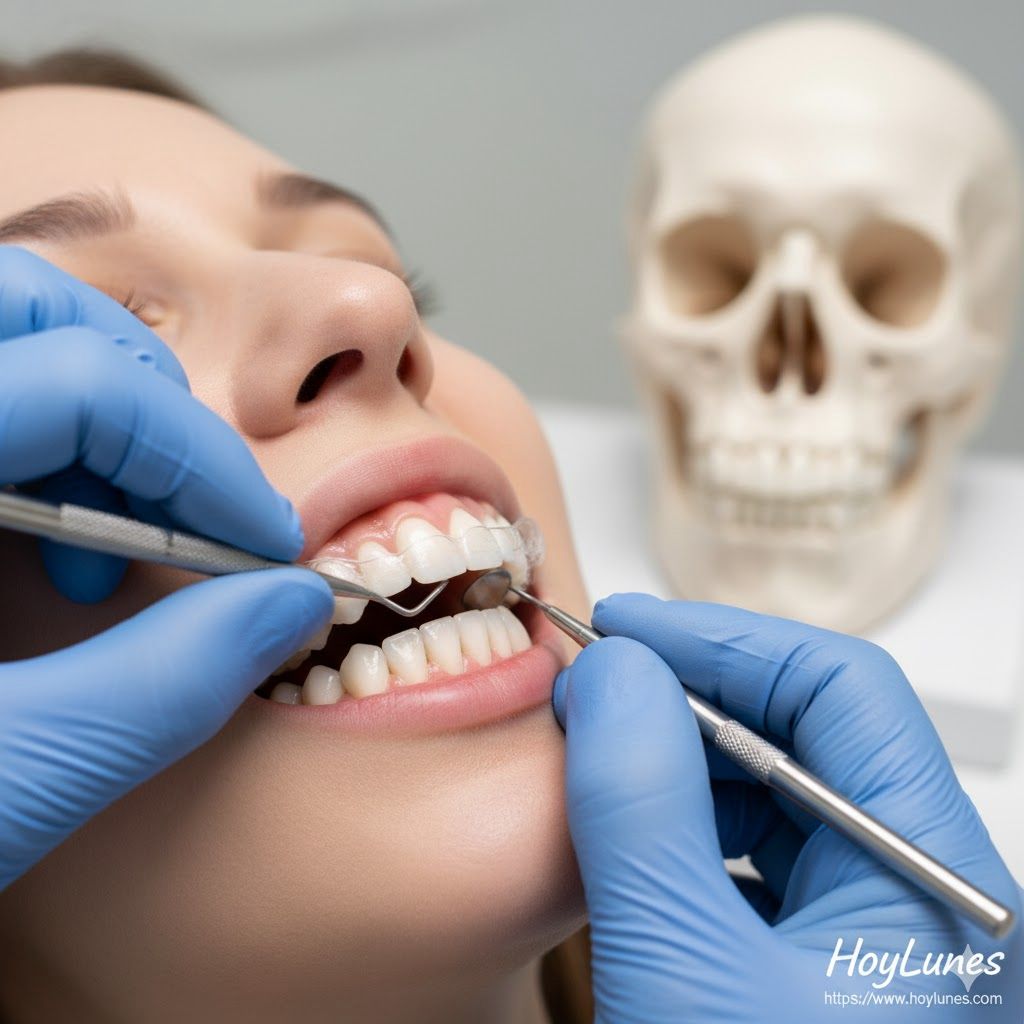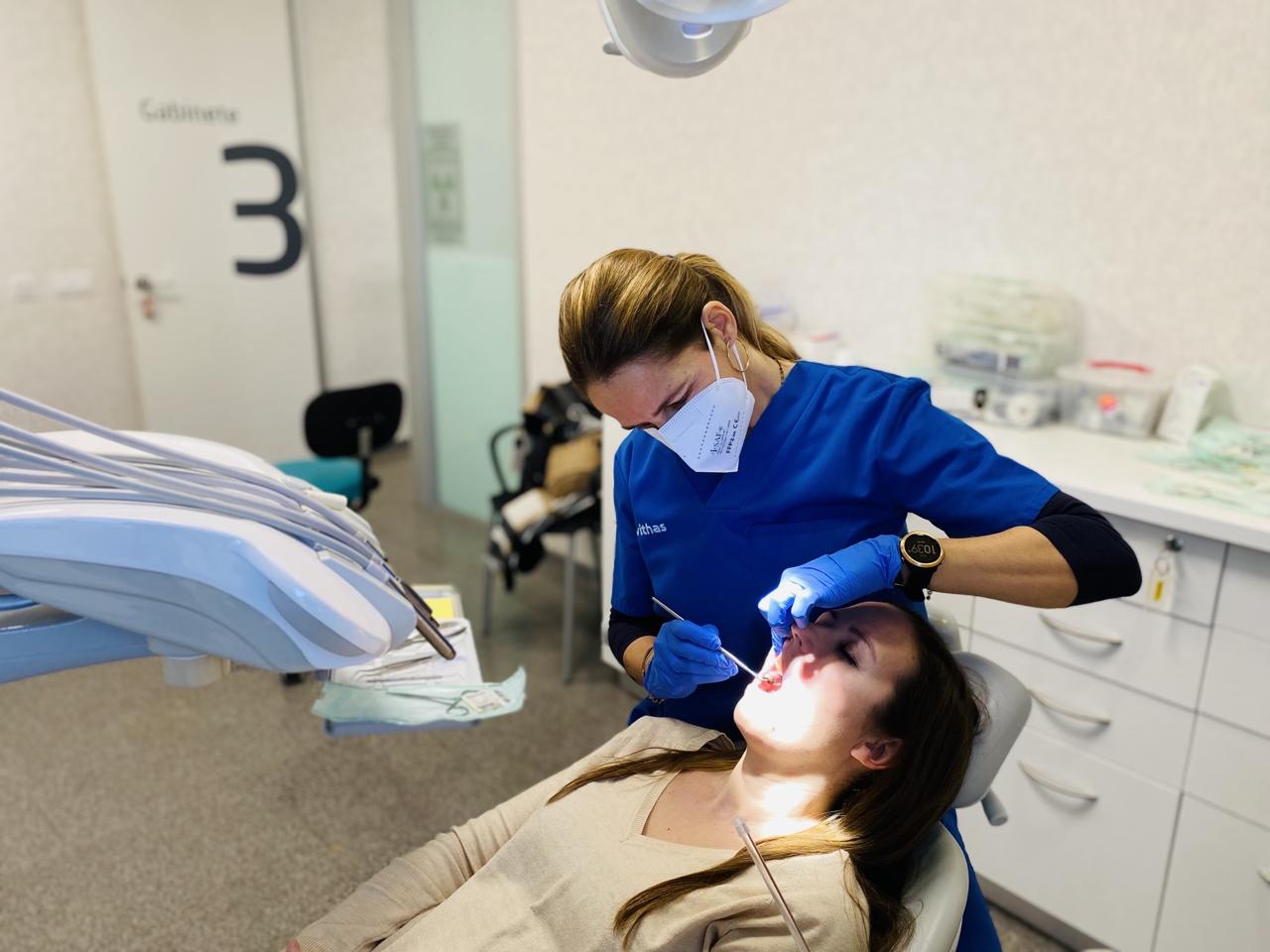Muscle tension associated with occlusal imbalance can cause headaches, jaw pain, and altered hearing.
Orthodontic treatment eliminates bite interferences, redirects occlusal forces, and normalizes masticatory function.
Valencia – Poor dental occlusion, also known as malocclusion, is more than just an aesthetic issue. Its consequences can lead to cavities and periodontal diseases, as well as craniofacial discomfort, headaches, and respiratory problems.
According to Dr. María Muñoz, orthodontist at the dental unit of “Hospital Vithas Valencia 9 de Octubre”, “it is important to know that malocclusion promotes the appearance of cavities and gum diseases. In addition, poor alignment makes oral hygiene difficult, encouraging plaque buildup that can evolve into gingivitis and periodontitis”.
“Moreover, the muscle tension associated with occlusal imbalance can cause headaches, jaw pain, and altered hearing — even respiratory and postural disorders — since mouth breathing can affect facial development, cause apnea, and impact overall posture”, the specialist emphasizes.

We must not forget “occlusal disease”, a dental condition that occurs when the teeth do not fit together properly when biting, creating an imbalance in their function, as well as in the muscles and joints of the jaw. This imbalance can lead to progressive wear and damage to the stomatognathic system (teeth, gums, joints, and facial muscles). According to the specialist, “uneven forces wear down the enamel, cause gum recession, dental sensitivity, and discomfort in the facial musculature and the temporomandibular joint (TMJ)”.

Treatments
Early diagnosis is key, as orthodontic treatment eliminates bite interferences, redirects occlusal forces, and normalizes masticatory function. “The options”, says Dr. María Muñoz, “depend on each patient and may include fixed orthodontics or transparent aligners, extraction of teeth in cases of crowding, orthognathic surgery to correct severe discrepancies between the jaws, or occlusal adjustment through selective grinding and the use of splints in cases of occlusal disease”.
If the professional considers orthodontics appropriate, Dr. Muñoz insists that “orthodontics should not be regarded as a product, but as a comprehensive, personalized treatment. First, a diagnosis must be made, then objectives established, and a personalized roadmap designed for each patient. We do not sell devices; we deliver health and results”.

Orthognathic surgery is a surgical procedure performed to correct severe discrepancies between the jaws. It involves surgically repositioning the upper jaw, the lower jaw, or both (bimaxillary surgery) to achieve proper alignment. “It is recommended in cases of “retrognathia” (receding jaw), “prognathism” (protruding jaw), facial asymmetries, severe open or crossbites, functional problems in chewing, speaking, or breathing, as well as temporomandibular joint (TMJ) disorders and, in some cases, obstructive sleep apnea”, concludes the doctor.
About Vithas
The Vithas Group comprises 22 hospitals and 39 medical and care centers across 14 provinces. The 12,600 professionals who make up Vithas have turned it into one of the leaders in Spanish healthcare. In addition, the group includes the “Vithas Foundation”, “Vithas Red Diagnóstica”, and the purchasing center “PlazaSalud”.
Vithas, backed by the “Goodgrower” group, bases its corporate strategy on accredited healthcare quality, patient experience, research and innovation, and social and environmental commitment.
#hoylunes, #el_hospital_vithas_valencia_9_de_octubre,



